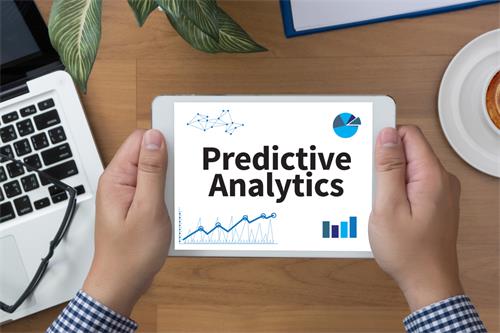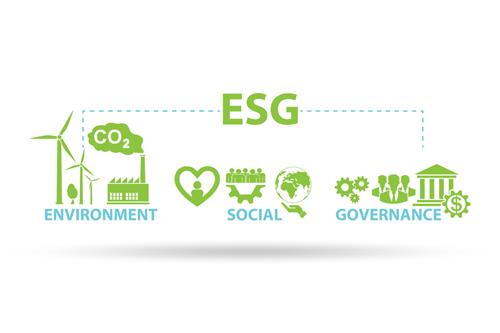Data Analytics and Predictive Modeling in the Insurance Sector

The traditional methods of risk assessment and policy pricing are being reshaped by the vast amount of data available today. Insurers are increasingly turning to sophisticated analytics and predictive models to gain deeper insights, enhance decision-making processes, and stay ahead in an industry that thrives on precision.
The Data Deluge
The insurance industry is inundated with data from various sources, including customer information, claims history, market trends, and more. This wealth of information, often referred to as big data, provides insurers with an opportunity to extract valuable insights that can transform how they operate. Data analytics plays a pivotal role in this scenario by enabling the extraction, processing, and analysis of large datasets to reveal patterns, trends, and correlations.
With data analytics, insurers can leverage historical data to identify risk factors and assess the likelihood of claims. This proactive approach allows them to make informed decisions, optimize underwriting processes, and better understand their customer base. By gaining a comprehensive view of risk, insurers can tailor their offerings to specific customer segments, ultimately improving customer satisfaction and retention.
Predictive Modeling: A Beacon of Precision
Predictive modeling takes data analytics to the next level by utilizing statistical algorithms and machine learning techniques to forecast future events. In the insurance sector, this translates into predicting potential risks, estimating claim amounts, and identifying fraudulent activities. The ability to anticipate these factors empowers insurers to mitigate risks more effectively and streamline their operations.
One of the key applications of predictive modeling in insurance is in underwriting. Traditionally, underwriters relied on historical data and static rules to assess risk. Predictive models, on the other hand, consider a multitude of variables and dynamically adjust risk assessments based on real-time data. This dynamic approach not only enhances accuracy but also allows insurers to adapt to changing market conditions swiftly.
Tailoring Policies with Precision
Data analytics and predictive modeling enable insurers to move away from a one-size-fits-all approach to insurance policies. Personalization is becoming a cornerstone in the industry, with insurers leveraging data to tailor policies according to individual needs and risk profiles. This not only enhances customer satisfaction but also contributes to more accurate pricing and risk assessment.
For example, telematics data from connected devices can be used to assess the driving behavior of policyholders. Insurers can reward safe drivers with lower premiums, creating a win-win situation for both parties. Similarly, health insurance companies can use wearable device data to encourage policyholders to adopt healthier lifestyles, leading to reduced claims and improved overall well-being.
Fraud Detection and Prevention
Fraudulent claims pose a significant challenge to the insurance industry, leading to financial losses and increased operational costs. Predictive modeling, fueled by advanced analytics, has proven to be a formidable tool in the fight against fraud. By analyzing historical data and identifying anomalous patterns, insurers can detect potential fraud early in the claims process.
Machine learning algorithms can continuously evolve and learn from new data, improving their ability to detect subtle patterns indicative of fraudulent behavior. This proactive approach not only helps in preventing fraudulent claims but also acts as a deterrent, sending a clear message that fraudulent activities will not go unnoticed.
Overcoming Challenges and Ethical Considerations
While the benefits of data analytics and predictive modeling in the insurance sector are evident, challenges and ethical considerations must be addressed. Privacy concerns, data security, and the potential for bias in algorithms are among the key issues that insurers need to navigate. Striking the right balance between innovation and responsible data usage is crucial to build trust among policyholders and stakeholders.
Insuring the protection of sensitive customer data necessitates a strategic investment by insurers in formidable cybersecurity measures. Moreover, transparency in how algorithms are developed and used is essential to ensure fair and unbiased decision-making. Ethical considerations should be at the forefront of every data-driven initiative in the insurance sector.
The Future Landscape
As technology continues to advance, the role of data analytics and predictive modeling in the insurance sector will only become more prominent. The integration of artificial intelligence and real-time data analytics will further refine risk assessment processes and enhance customer experiences. The future promises a more interconnected and efficient insurance ecosystem, where data-driven insights drive innovation and competitiveness.




